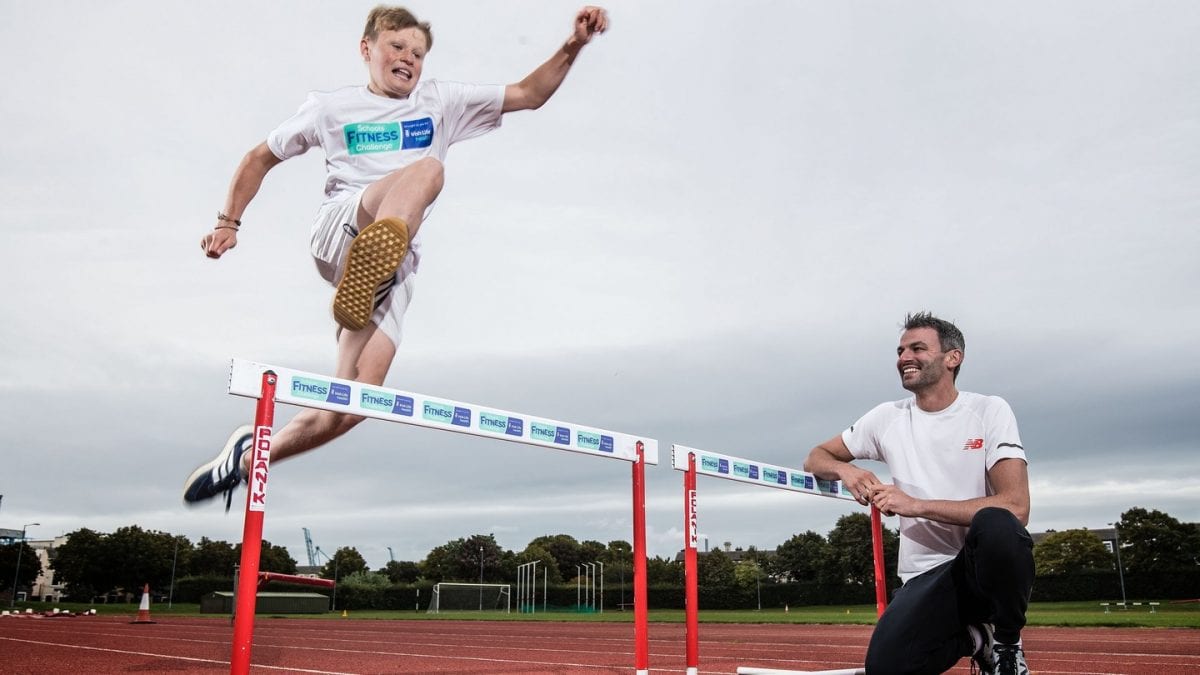When a child has intellectual disabilities, it’s very easy to fall into the trap of focusing on one aspect only: the disorder. How often do you think of helping the sufferer develop in other aspects of his or her life?
Experts believe physical fitness can affect overall health. This makes it valuable for teachers or parents of children with dyslexia, autism or other intellectual challenges to consider incorporating physical exercises into routines. Since majority of the dyslexics have inborn creativity, physical exercise can help improve mental performance. There are a number of famous graphic and logo designers in the industry who happen to be dyslexic, like Rachel Deane, Jim Rokos, Sebastian Bergne, just to name a few.
But with technology taking all their attention, it’s difficult to persuade almost any teen to commit to becoming fitter and delve into creative activities such as DIY projects, logo and graphic design, painting or art and craft. To help you inspire this specific group of young people, we compiled some tips:
Focus On The Right Sport
While toddlers are often open to trying anything, teens will only comply with an activity if they really like doing it. It may take time to find the perfect fit, but allow a teenager to take part in a variety of sports, exercises, or active hobbies so that he or she discovers something of their interest. Being fit will become something they want instead of something you force on them.
Educate Teens And Their Parents
Of course, during this discovery period the teen will be at risk. Many teens with intellectual disabilities may suffer from physical challenges too or their disabilities will lead to slow reactions. Contact sports can, therefore, seem too risky. In such cases, parents and teens need to be cautious and avoid sports completely.
However, there are many safe activities to pursue without any huge risks. Health care providers who treat these teens should educate families about options in their community.
Start With One-On-One
When a teen decides to try a new activity, it would be wise to let them experience it as an individual first, even if it’s a team sport. Ask around for a coach or activity leader that will spend some time with the teen and teach him or her the basics.
Some disabilities can make teens feel self-conscious and awkward. A one-on-one learning period can counter some of the apprehension that’s often associated with facing a new group of people.
Get Others to Join
It’s by no means necessary for these teens to practice their activities in isolation. After the one-on-one learning period mentioned above, many of them may well prefer to join the crowd. This is better than feeling like the odd one out who never had a chance of taking part with the best players. Sports activities may be the one area where they end up feeling comfortable when surrounded by their peers.
Even with sports that don’t focus on teams, it may be beneficial to ask peers to join. Studies have shown that children who partake in exercise sessions—e.g. aerobics, stretching or weight training—tend to stay more committed when they’re part of a peer guided system.
Important: Make sure the individuals who join in won’t bully or tease the new team mate.
Cater For Individual Preferences
No matter which route you pick, it’s vital you keep in mind the preferences of the individual. If you force a teen with intellectual disabilities into situations that he or she isn’t ready or willing to try, it can do more harm than good.
Respecting their fear or discomfort in each situation is important if you want good results:
- A child with autism may never feel comfortable in a social environment; individual sports may be the only solution
- All children have sports preferences and kids with disabilities also deserve the chance to pick their favorites
- Some kids may take a long time before feeling comfortable to exercise regularly; allow them to adjust to the routine gradually
- Not all teens will want to compete against others
Last Thoughts
Investing time in discovering the ideal physical activities for your teen with intellectual disabilities may just be what you—and your child—need. By focusing on a few new, positive challenges, the entire family can enjoy not just better health, but also higher quality of life.









1 Comment
Comments are closed.